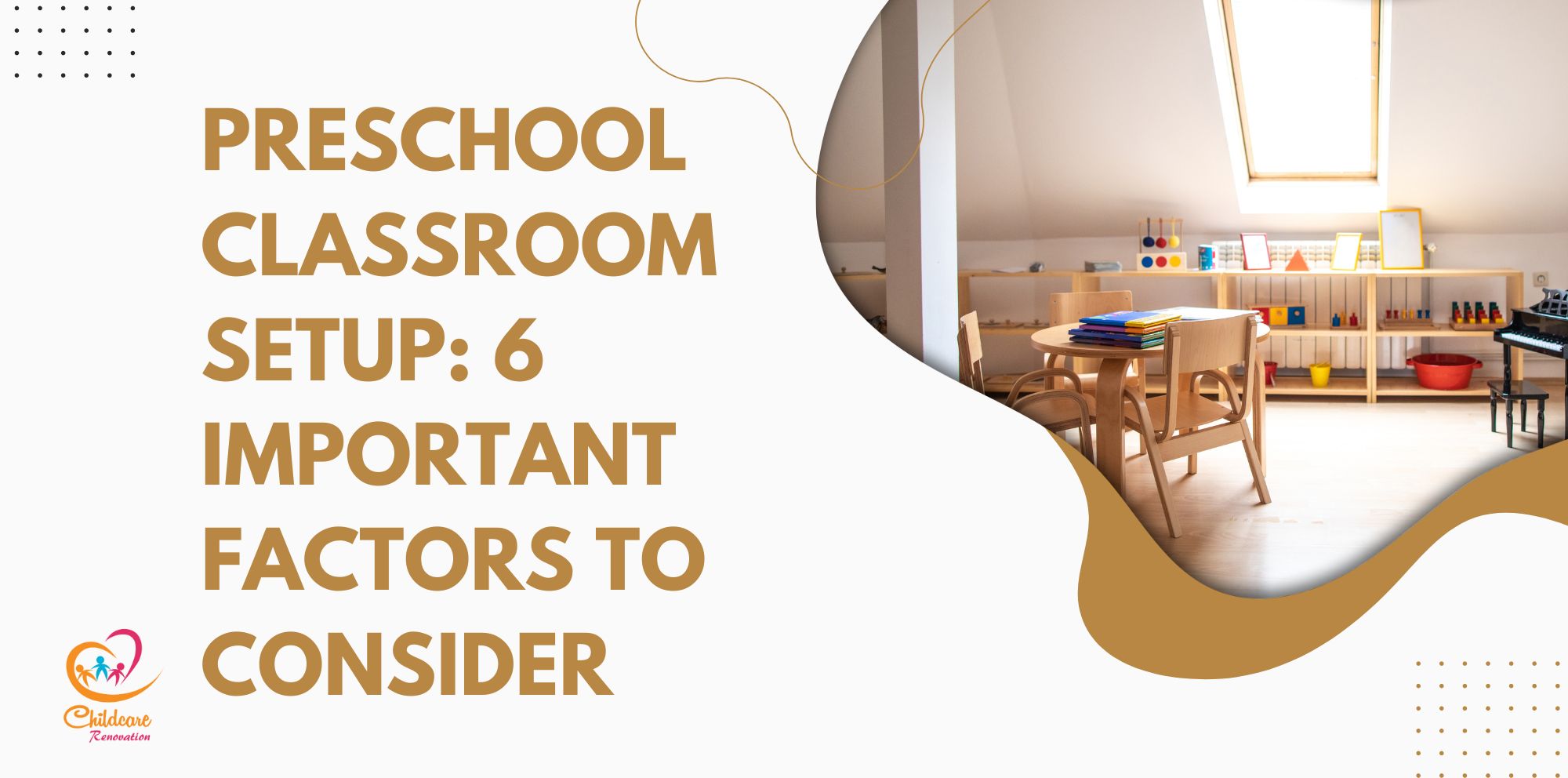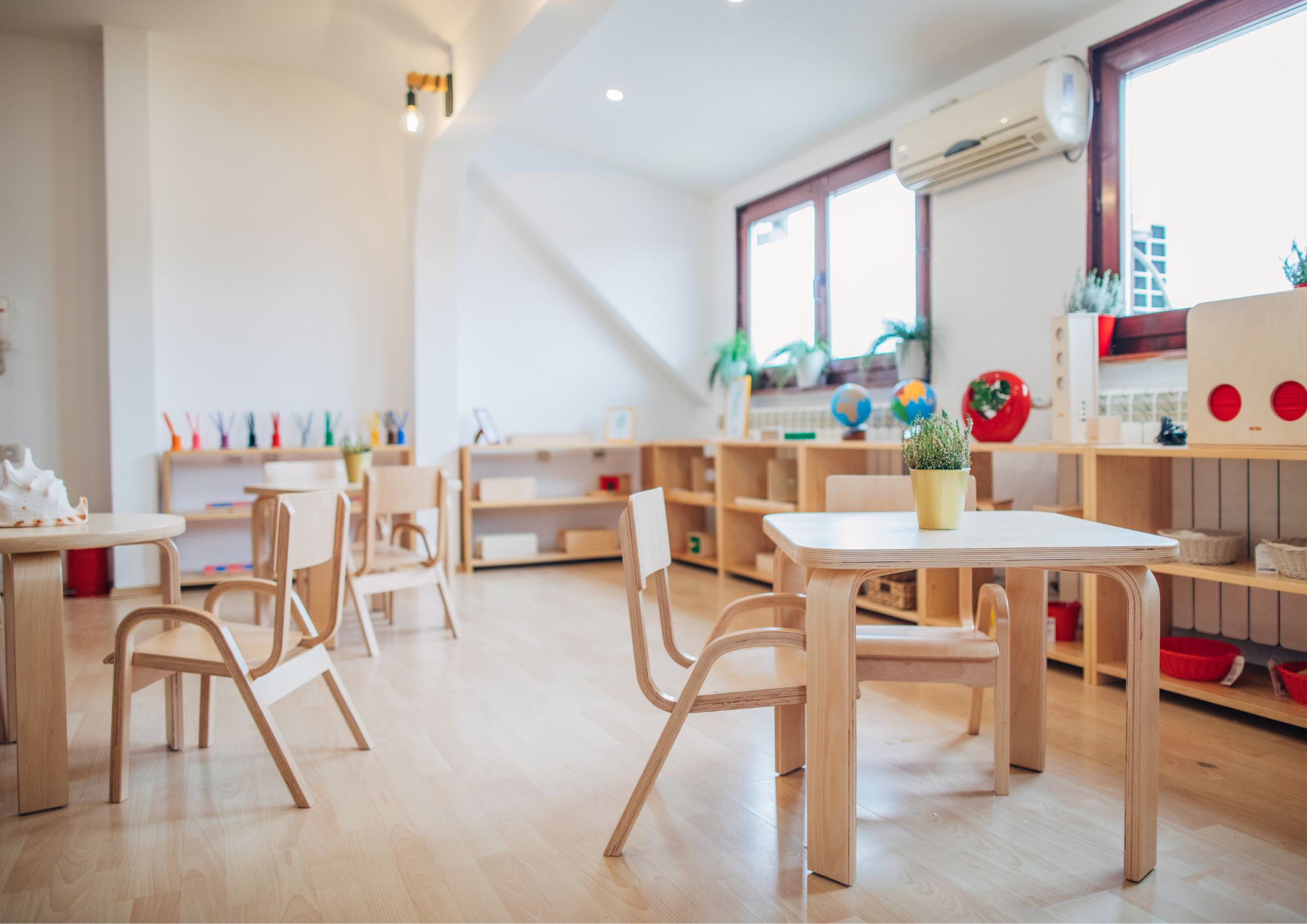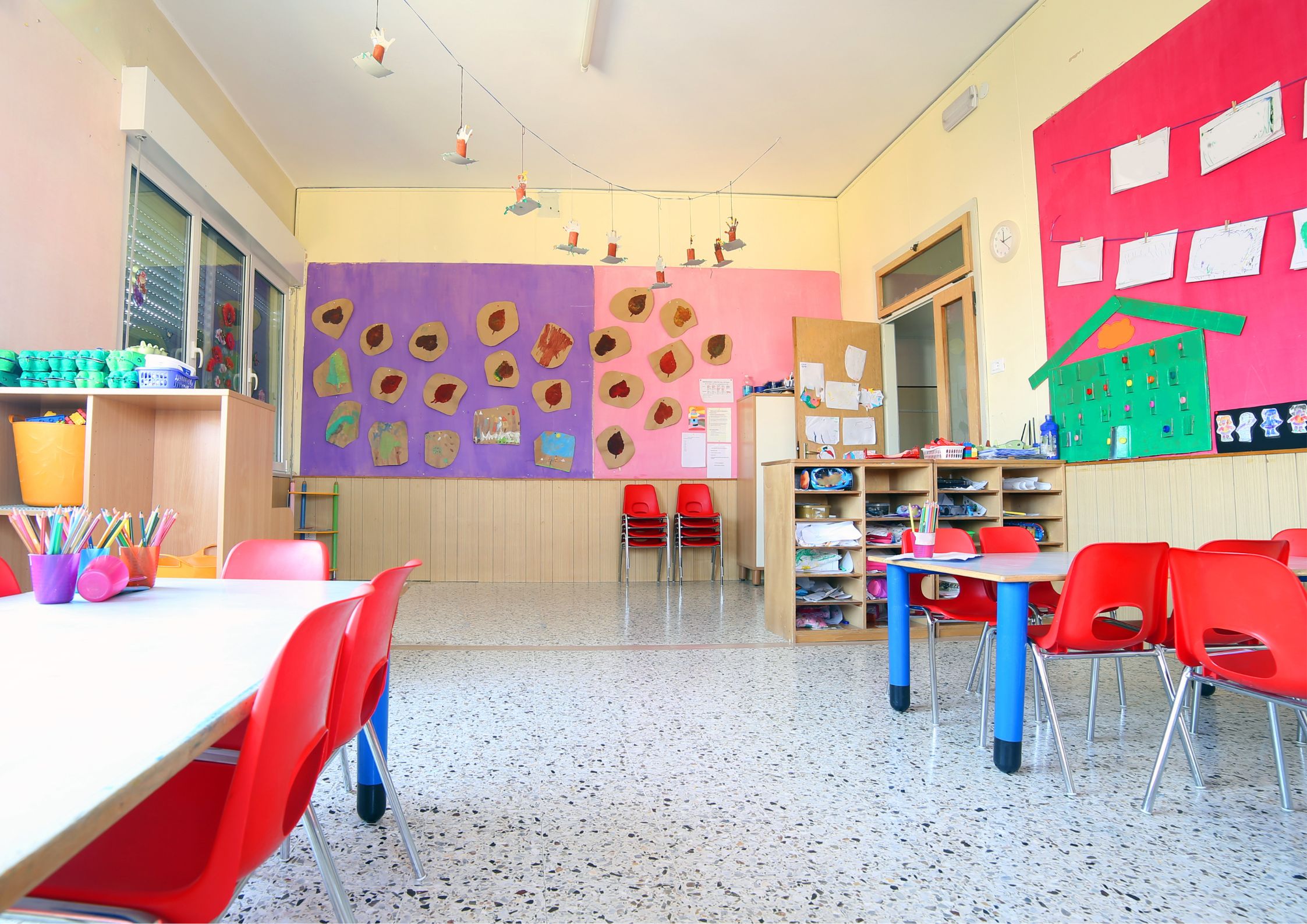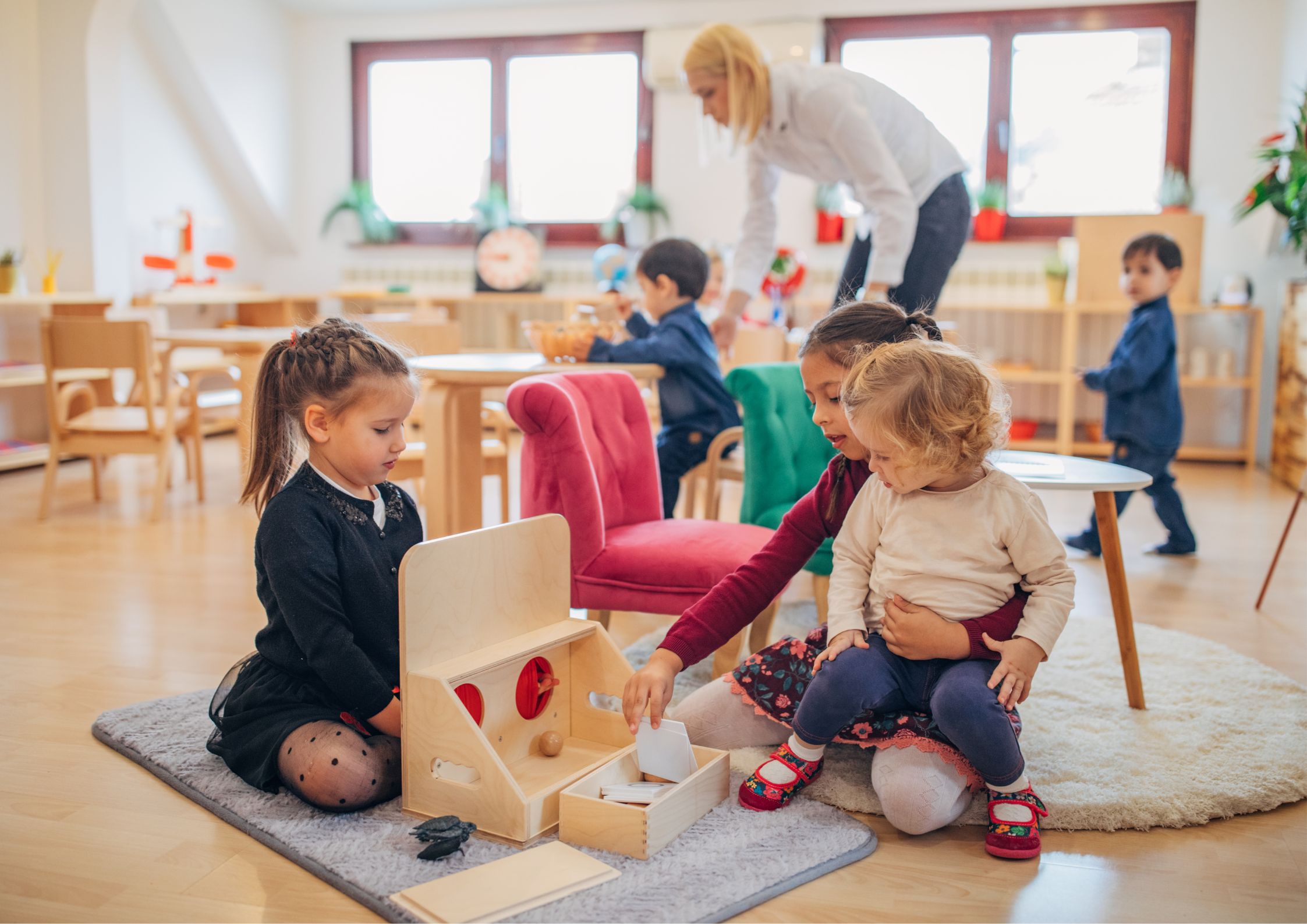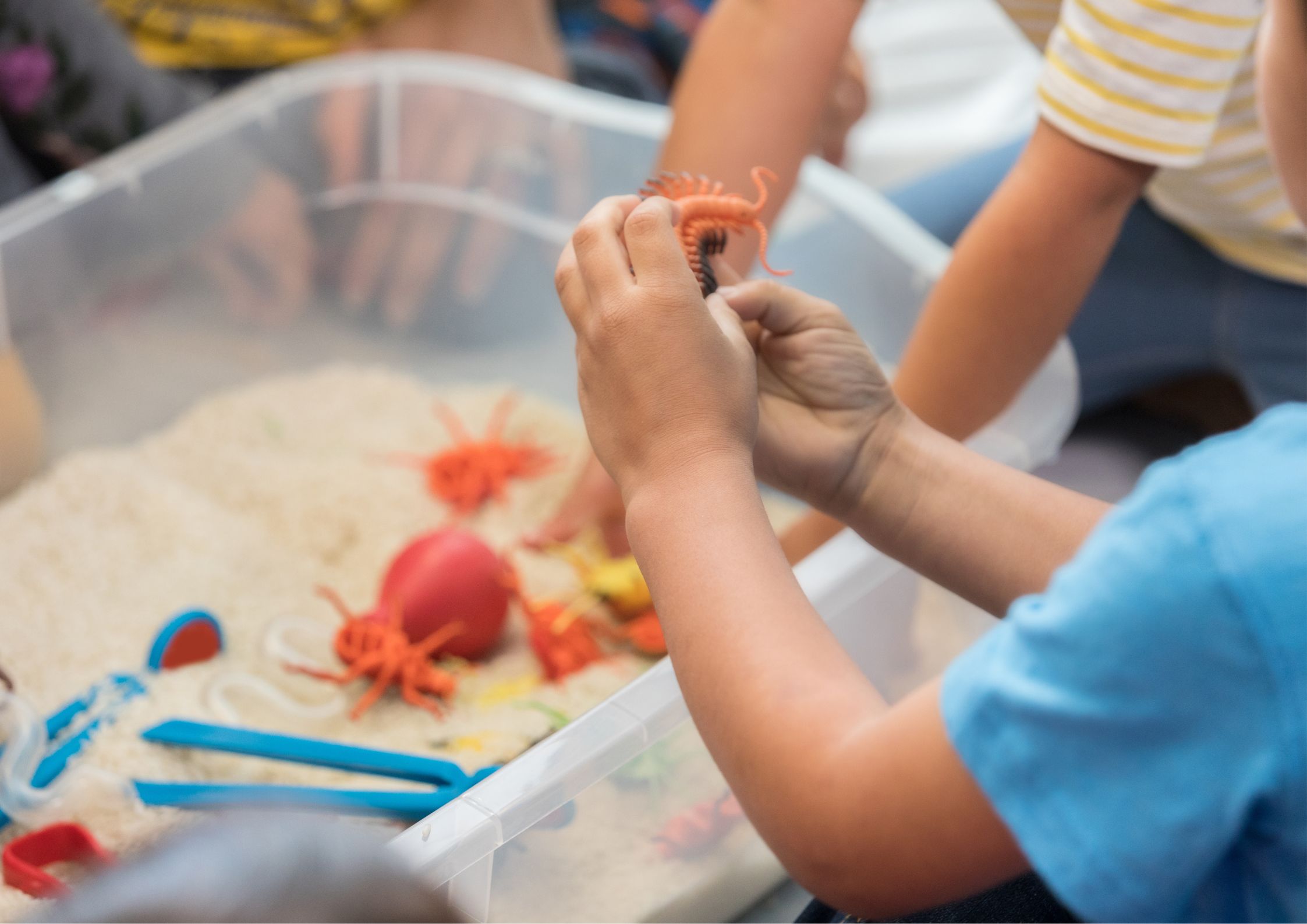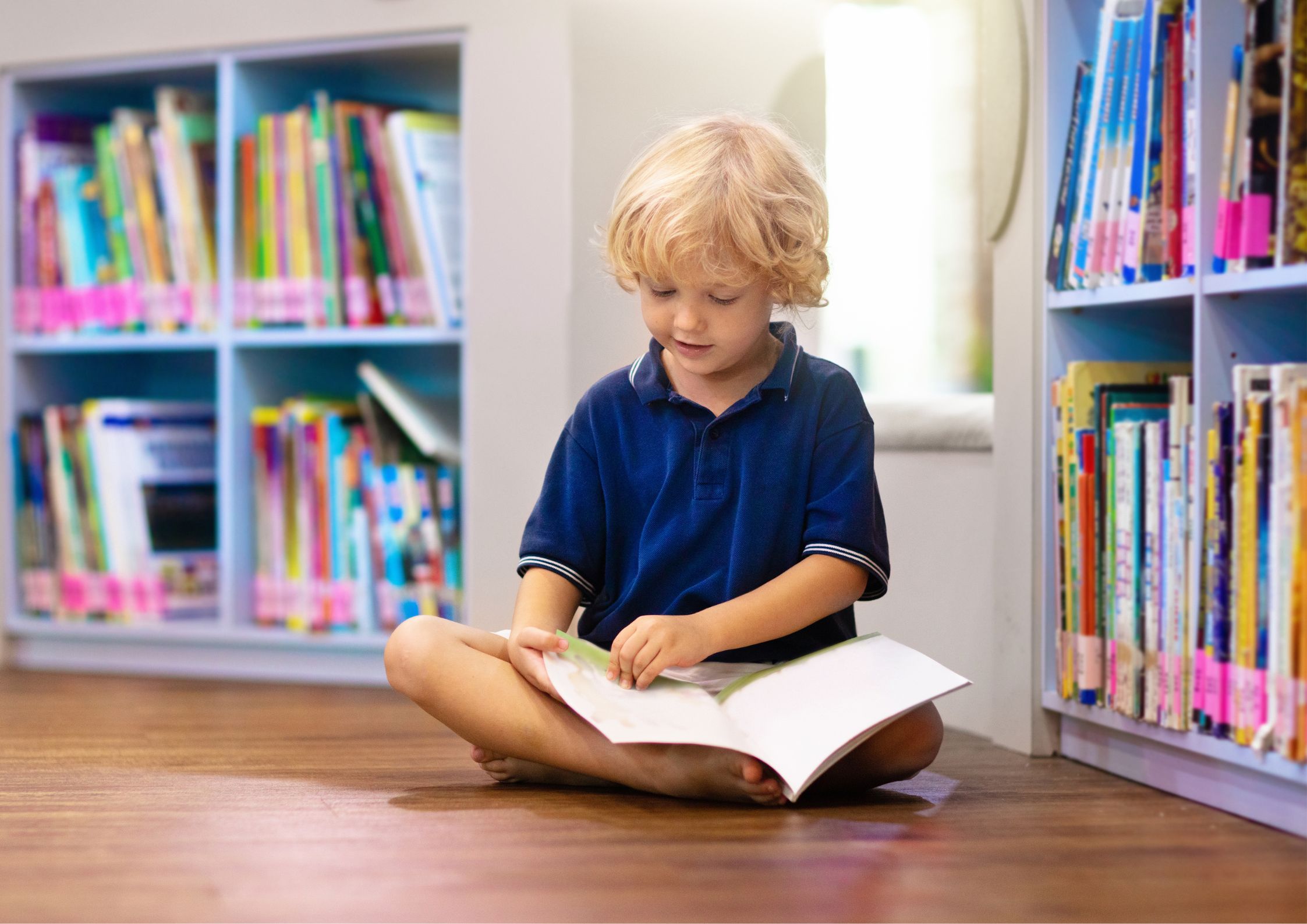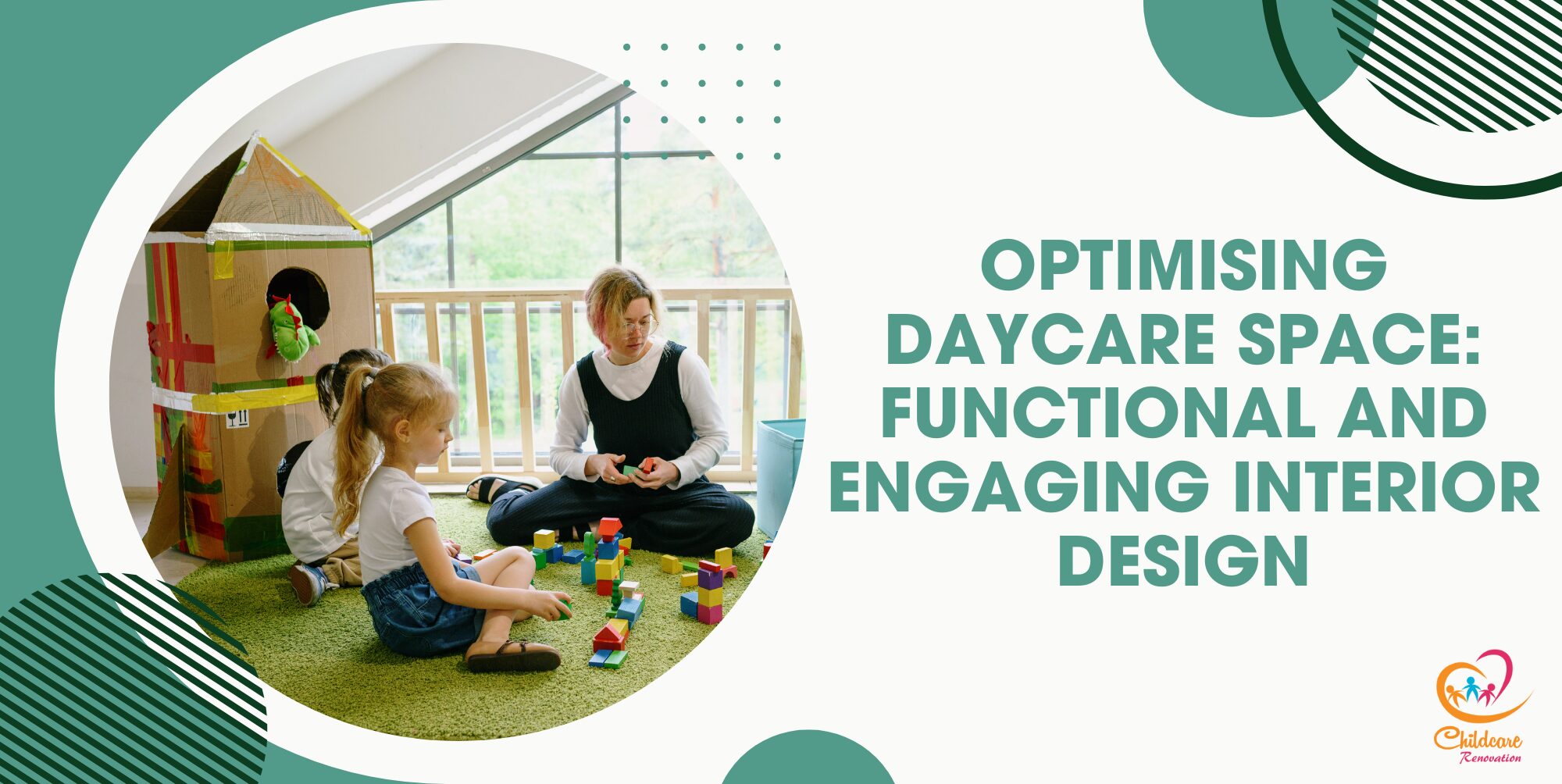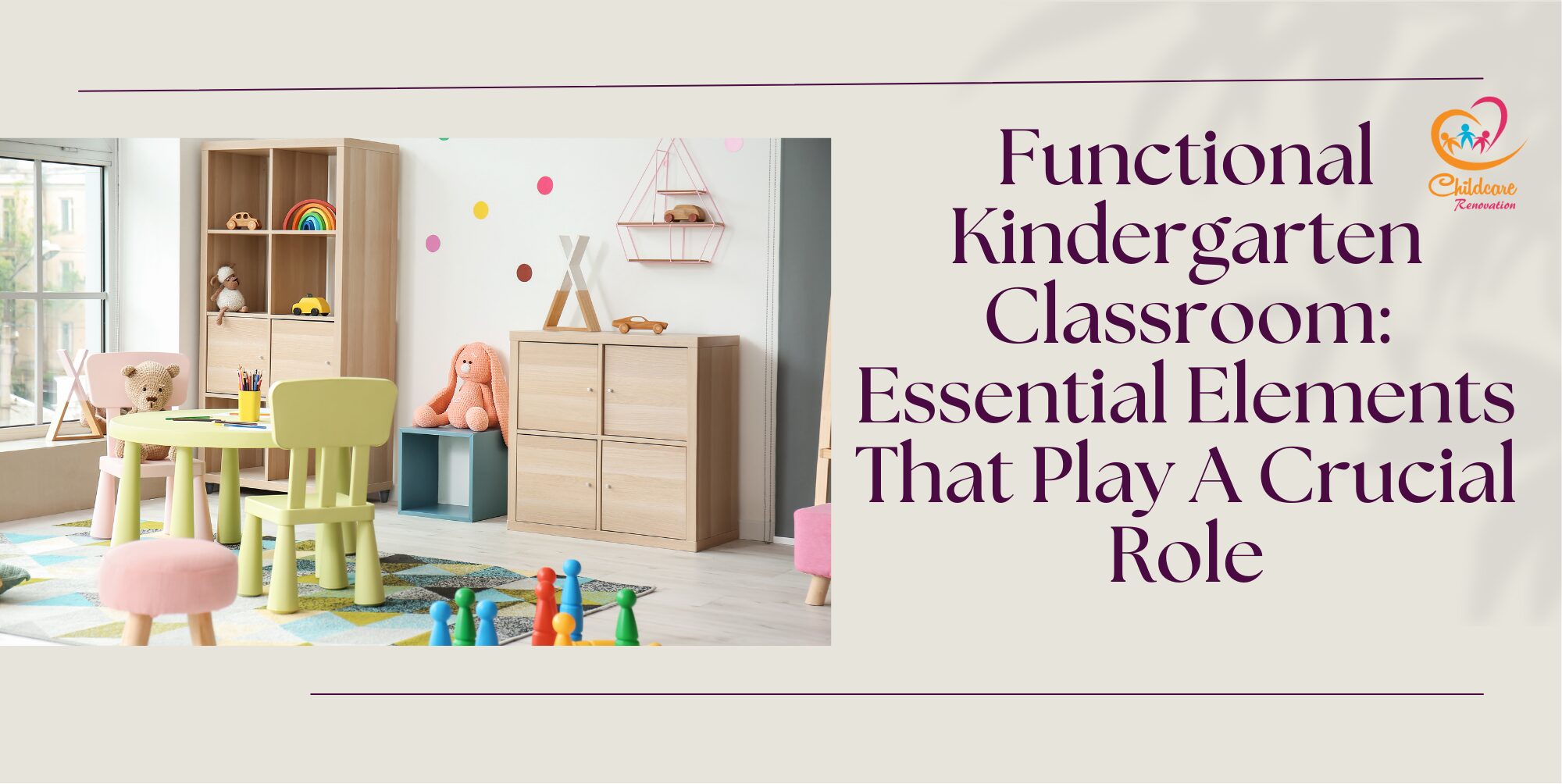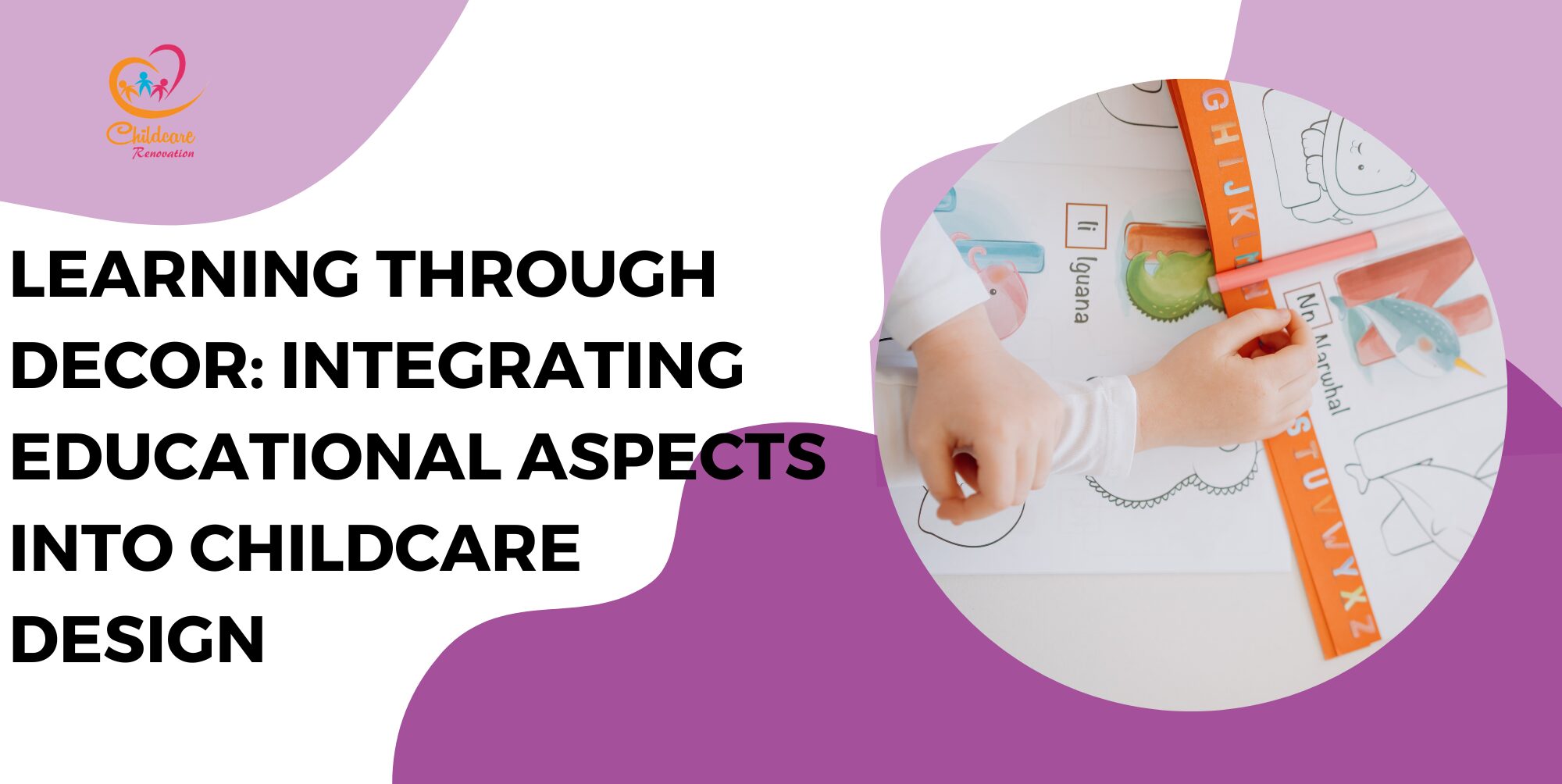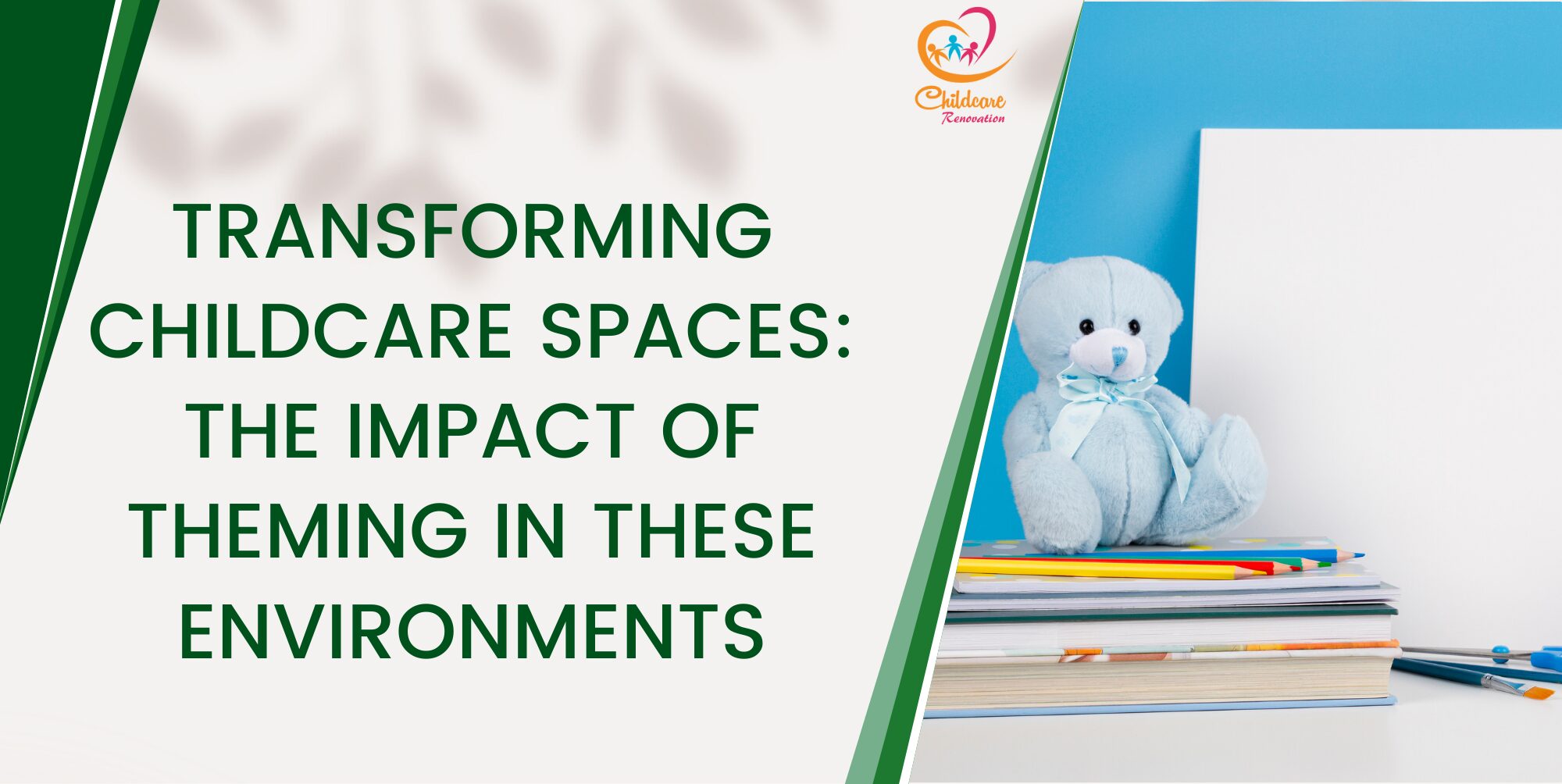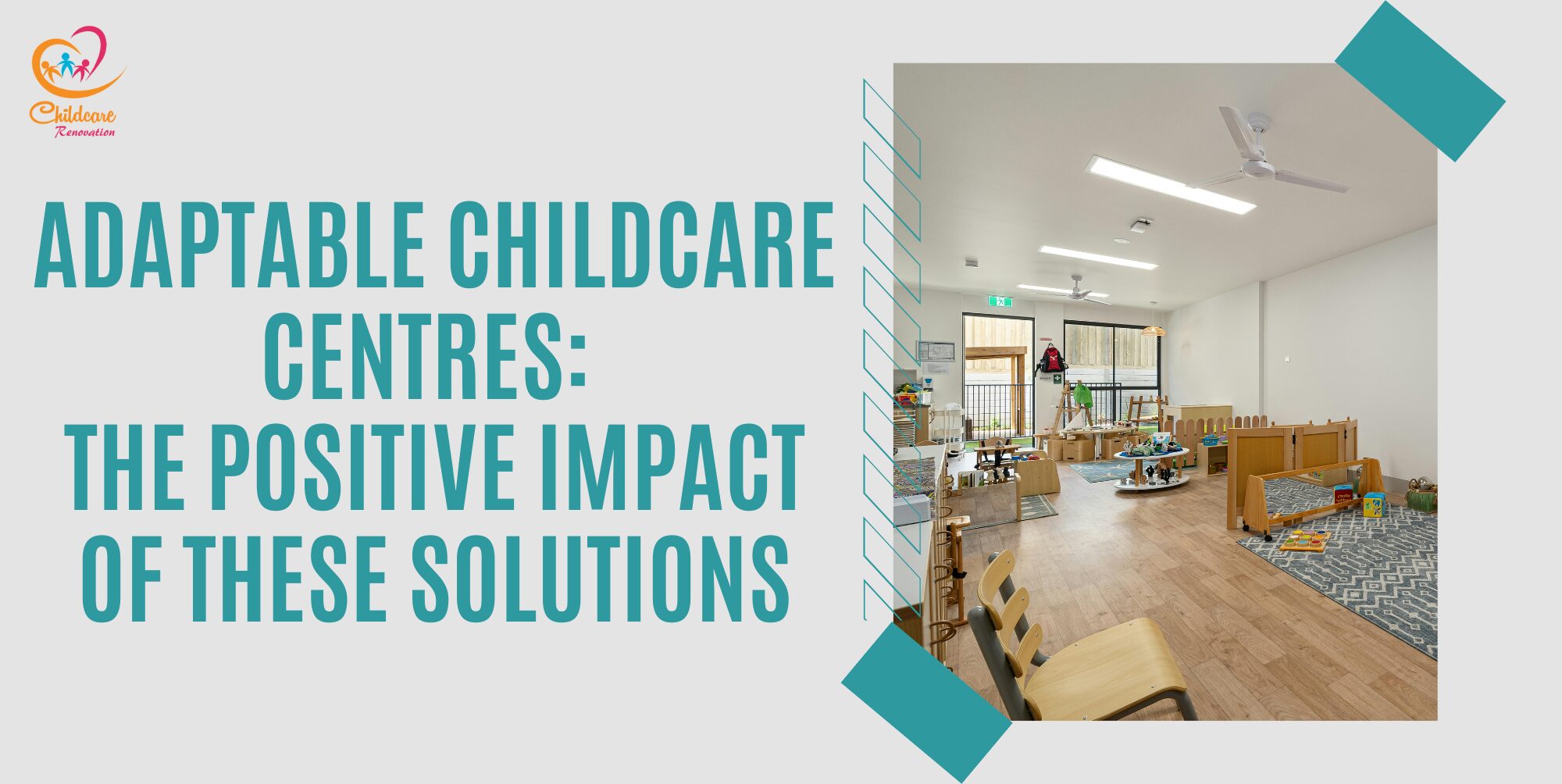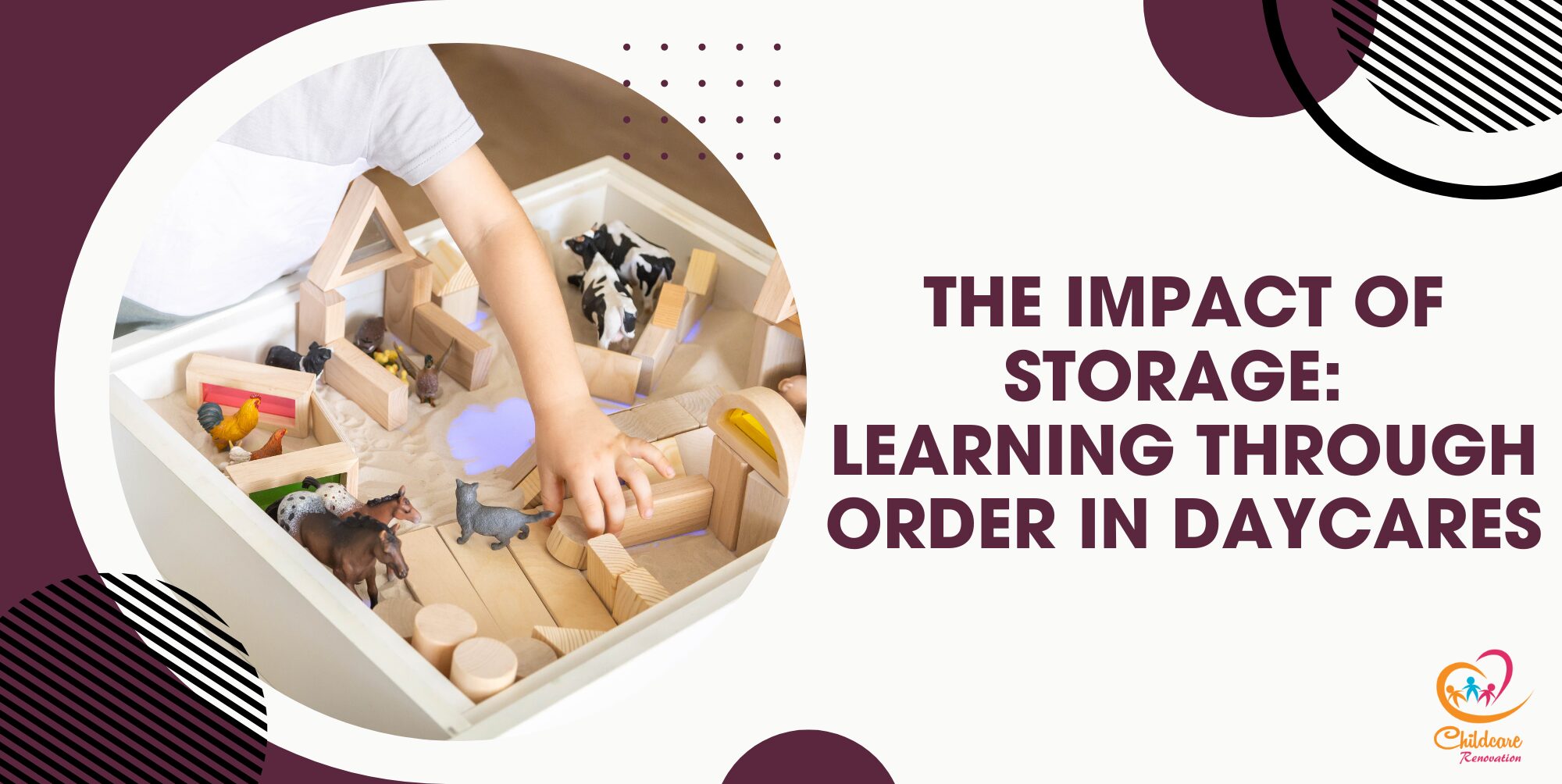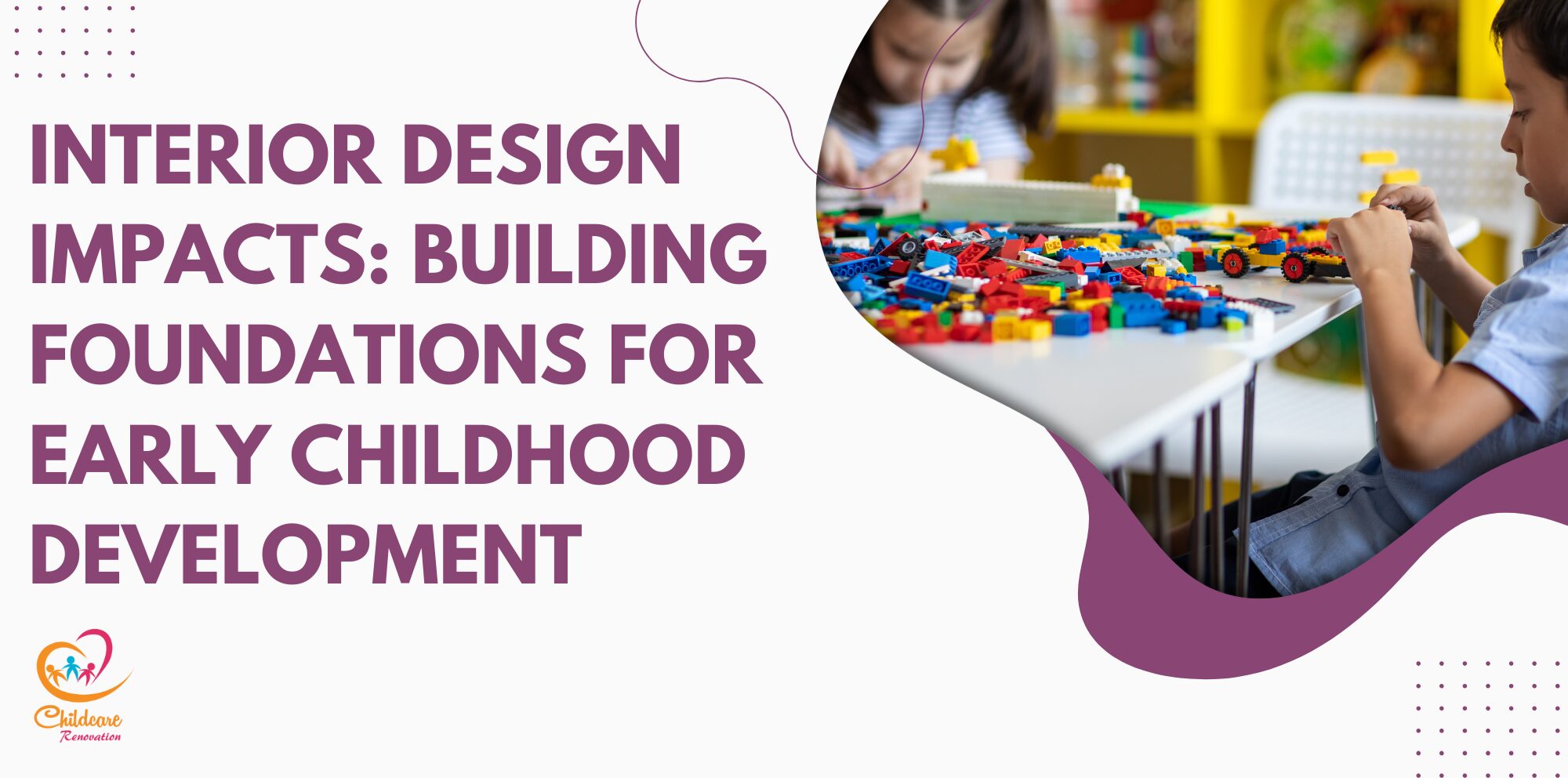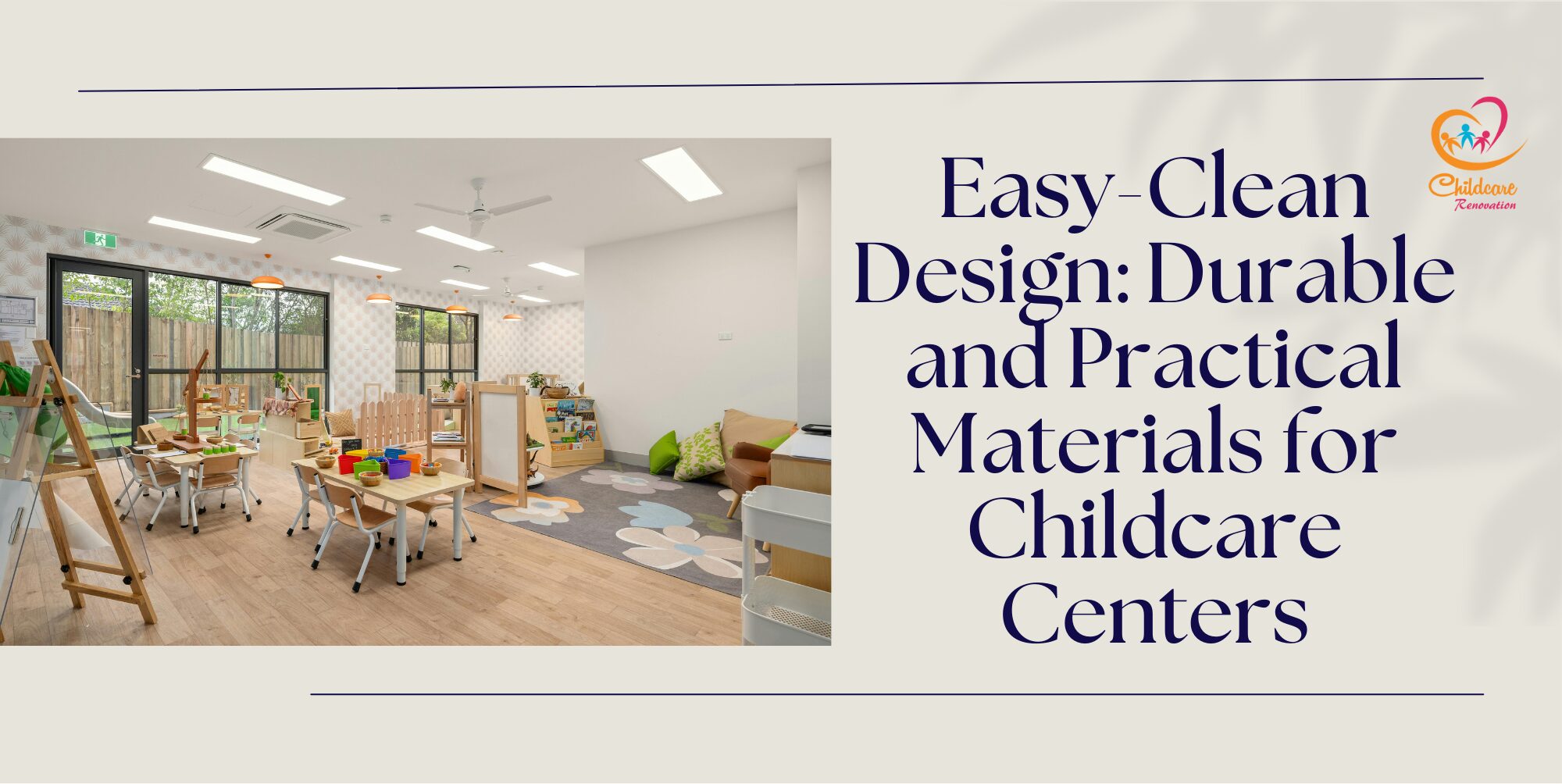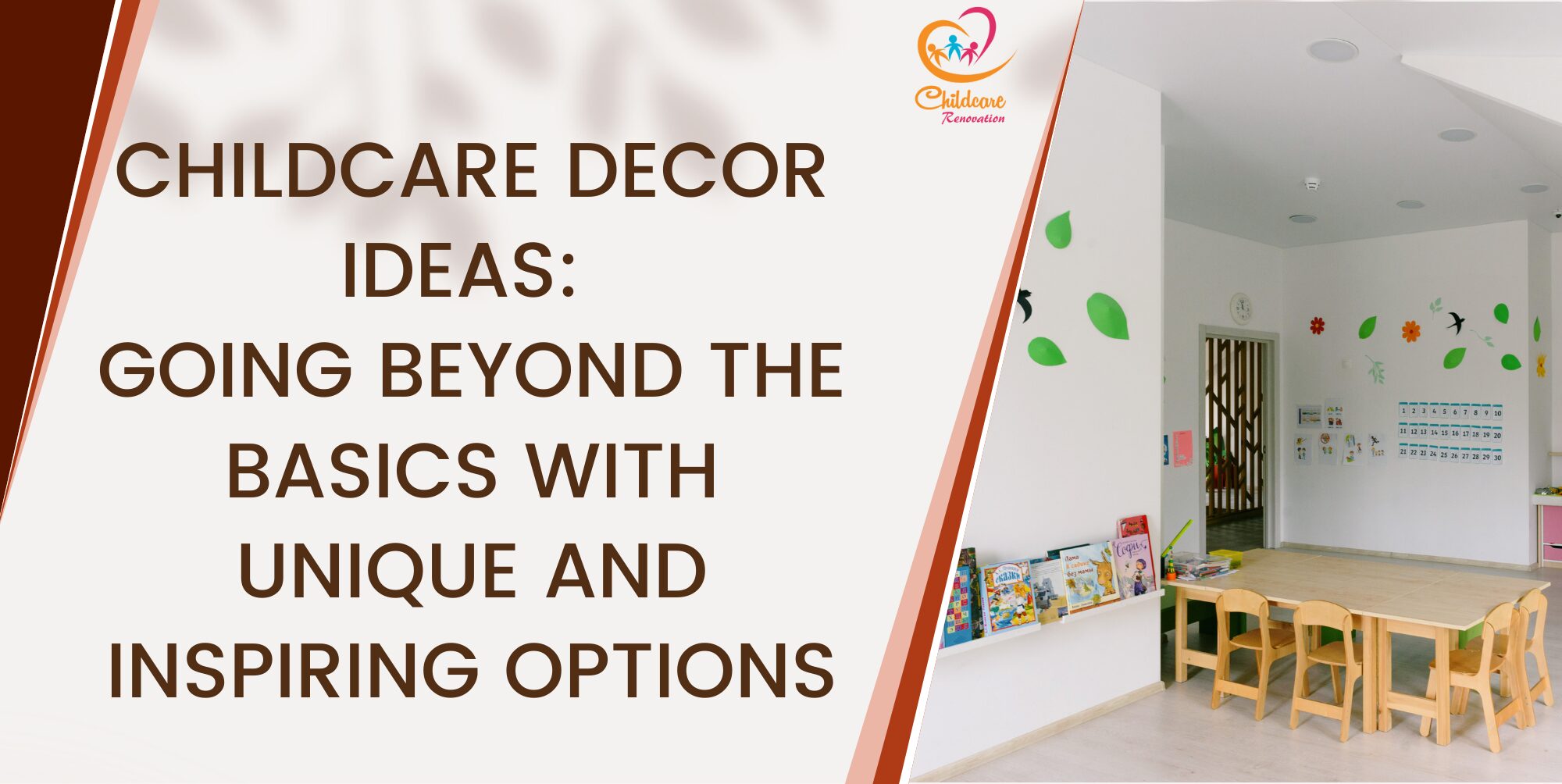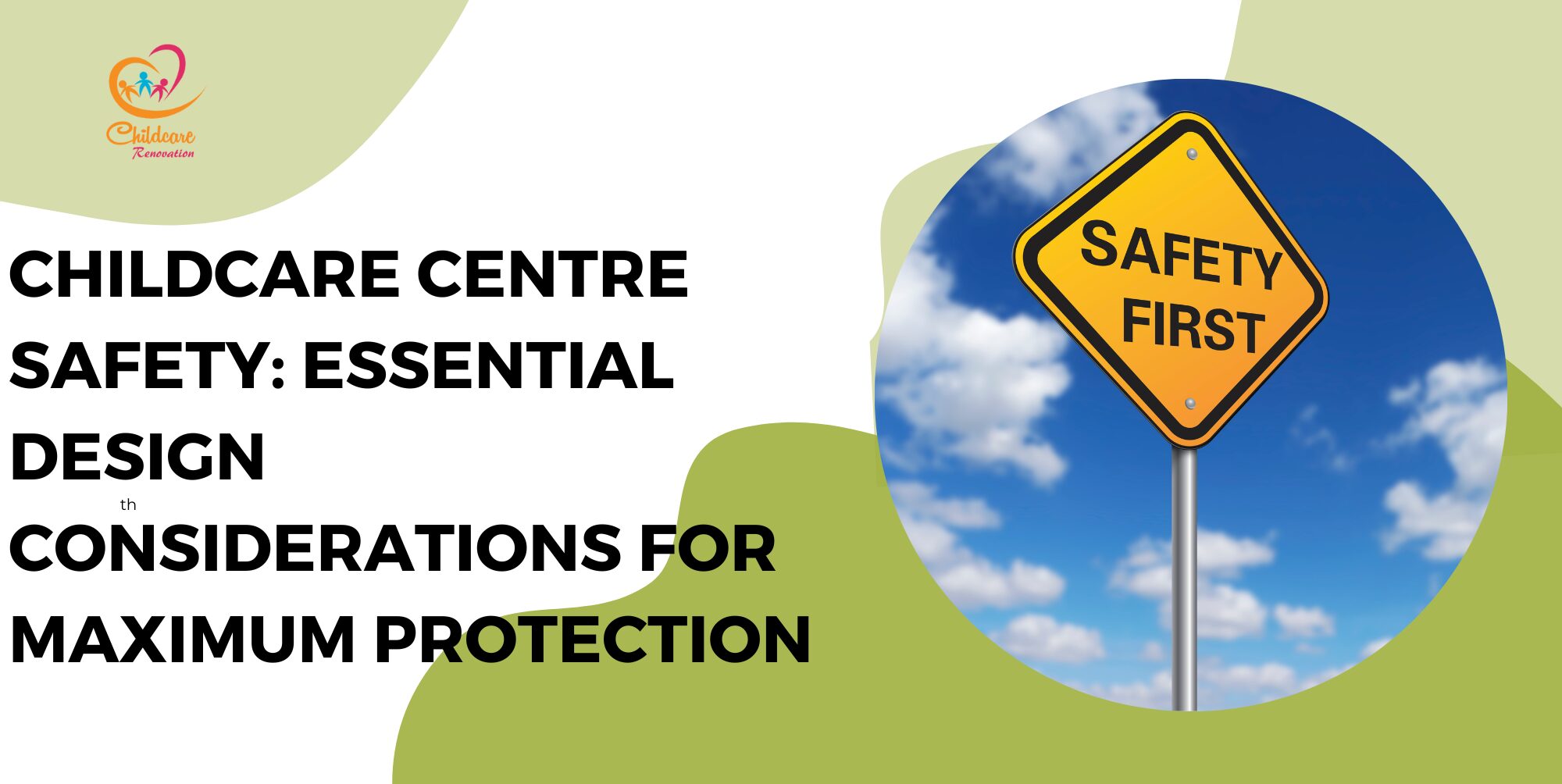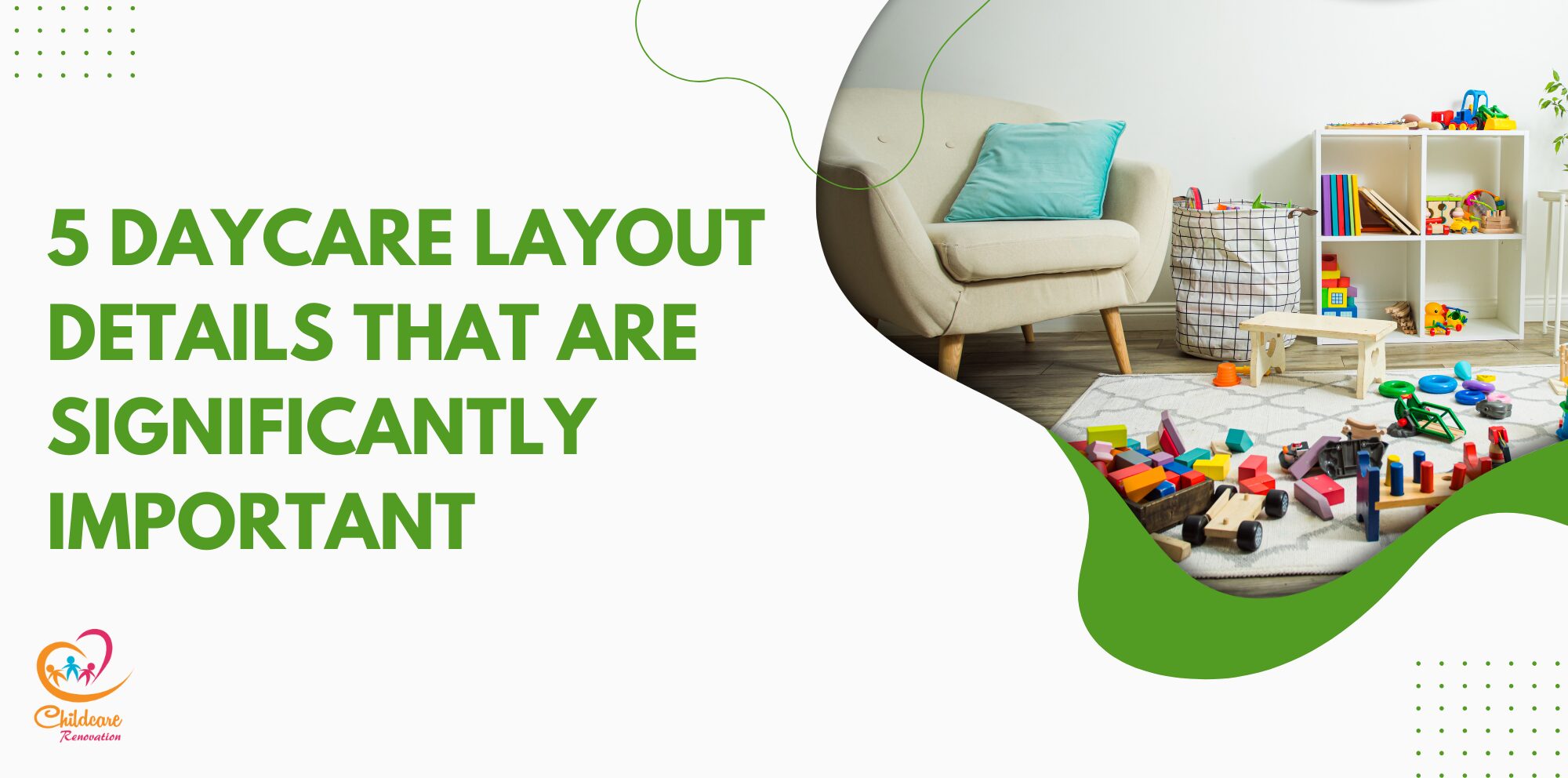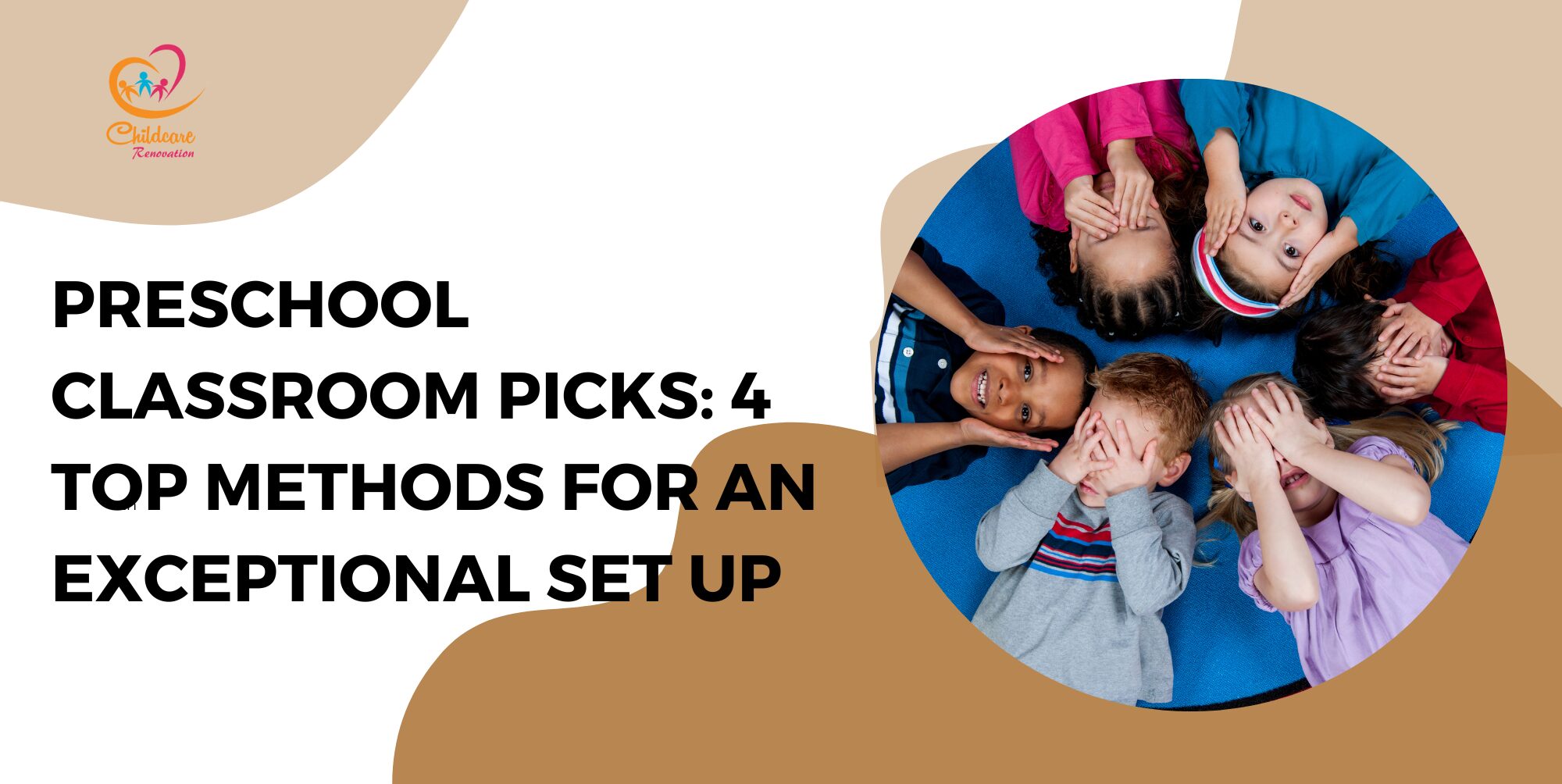Preschool classroom setup requires careful planning and consideration as it plays an important role in a child’s early education journey. Preschool is where children explore, learn, and develop essential skills that will shape their future. You need to create an environment that can enhance their learning experience.
Young children absorb new information like a sponge. Preschool classroom setup should focus more on the children. Consider setting up the classroom at their eye level, which may help to provide a conducive environment for effective learning and growth. The environment should also be safe for children to learn with ease.
A well-organized and thoughtfully designed classroom can significantly impact the overall learning experience for young children. In this article, we will explore the vital factors for a preschool classroom setup, aiming to create an environment that encourages curiosity, creativity, and a meaningful learning experience.
Preschool Classroom Setup Tips #1 – Physical Space
Consider the room size and layout, as it can directly impact how children move and interact within the space. A spacious room allows children and staff to move around easily and minimizes the risk of accidents. Also, it allows you to create different learning areas or play zones where children can spread out comfortably during group activities.
Safety is always the priority in a learning space. Ensure that you remove any potential hazard to protect the well-being of the young learners. Creating a child-friendly atmosphere with colorful and age-appropriate decor can make the space more welcoming and engaging for young learners.
Keep the classroom clutter-free and arrange furniture to promote a sense of order and structure. Ensure that materials and resources for children are within their reach. This allows children to actively participate in activities without constantly seeking assistance.
Preschool Classroom Set Up Tips #2- Decor And Visual Appeal
A thoughtfully decorated classroom can spark curiosity and engage the imagination of young learners, making their educational journey more enjoyable and enriching. Colors used in the classroom should be carefully chosen as they can impact the children’s mood and behavior.
Warm and vibrant colors like yellow, orange, and red can evoke a feeling of enthusiasm and energy, while cooler tones like blue and green promote a sense of calm and tranquility. Incorporate a balanced color scheme throughout the classroom to create an inviting atmosphere.
Wall space is a great resource to use. Display important learning information and resources on the wall for children to pick up some knowledge. Consider using bulletin boards, magnetic boards, or corkboards to create visually appealing displays that can be updated regularly. You can also utilize the wall space for showcasing children’s projects and collaborative class activities.
Preschool Classroom Setup Tips #3- Age-Appropriate Furniture And Equipment
Invest in child-sized furniture to create a child-friendly environment. Chairs, tables, and shelves designed specifically for young children ensure they can use them comfortably and independently. It also helps to promote proper posture and ergonomic support.
Go for soft and safe materials, especially for areas where children are likely to play or climb. Soft cushions or foam padding on furniture edges can minimize the risk of injuries during playtime. Consider using furniture with rounded edges that can reduce the chance of accidents and bumps.
When choosing the learning tools, ensure they cater to the developmental stages of young learners. Interactive educational software or digital learning tools can support early literacy, numeracy, and problem-solving skills.
Preschool Classroom Setup Tips #4- Health And Hygiene Considerations
Young children are more susceptible to illnesses and infections, so it is important to maintain a clean and hygienic environment. Implement a regular cleaning schedule to keep the classroom clean and germ-free. Pay attention to high-touch areas like doorknobs, light switches, and shared equipment.
Set up handwashing stations in the classroom to encourage good hygiene practices among the children. It helps to prevent the spread of germs with good hygiene practices. Also, keep a well-stocked first aid kit in the classroom to address minor injuries promptly.
Develop and practice emergency procedures with the children and staff in case of any accidents or emergencies. It helps everyone be familiar with the proper actions, including evacuation routes and assembly points.
Preschool Classroom Setup Tips #5- Organizing Learning Areas
Organizing learning areas helps create distinct spaces for various activities and subjects, allowing children to explore and engage in focused learning experience. There are many learning areas you can set up for your classroom.
Libraries are one of them. It helps to encourage children to read. Choose books suitable for young children, including storybooks, picture books, and educational resources. Provide soft cushions or bean bags to create a comfortable space for children to immerse themselves in the world of books.
Another common learning area will be a sensory exploration center. Children can engage in hands-on sensory activities. Materials that can be used in a sensory exploration center include water, sand, rice, or playdough. It helps to enhance fine motor skills and stimulate the children’s senses.
Pretend areas is another good choice where children can do some role play to understand more about certain occupation. Provide suitable dress-up clothes and props to stimulate imaginative play. It allows children to be creative, develop social and communication skills.
Video Credit: Teach Pre-K
Preschool Classroom Setup Tips #6- Budgeting
By carefully planning and managing resources, educators can optimize learning opportunities and provide a stimulating environment for young learners without compromising quality. You can start by creating a comprehensive budget that outlines all the necessary expenses for the preschool classroom. Having a clear budget can help you to allocate your funds wisely and avoid overspending.
Ensure that you identify and prioritize items necessary for the classroom. Focus on items that directly impact the children’s learning experience, safety, and well-being. Other items can be included if you have enough budget.
Consider investing in more durable and high-quality furniture and equipment. The cost of these items may be higher, but they are likely to last longer and require less frequent replacement, ultimately saving money in the long run.
Speak with The Experts
Planning to get started at your kindergarten but have no idea about it?
Childcare Center Renovation Singapore is a reliable company for renovation and interior design. They have about ten years of experience in this field and have a good reputation among customers.
Call us now to get your desired kindergarten design ideas now!

